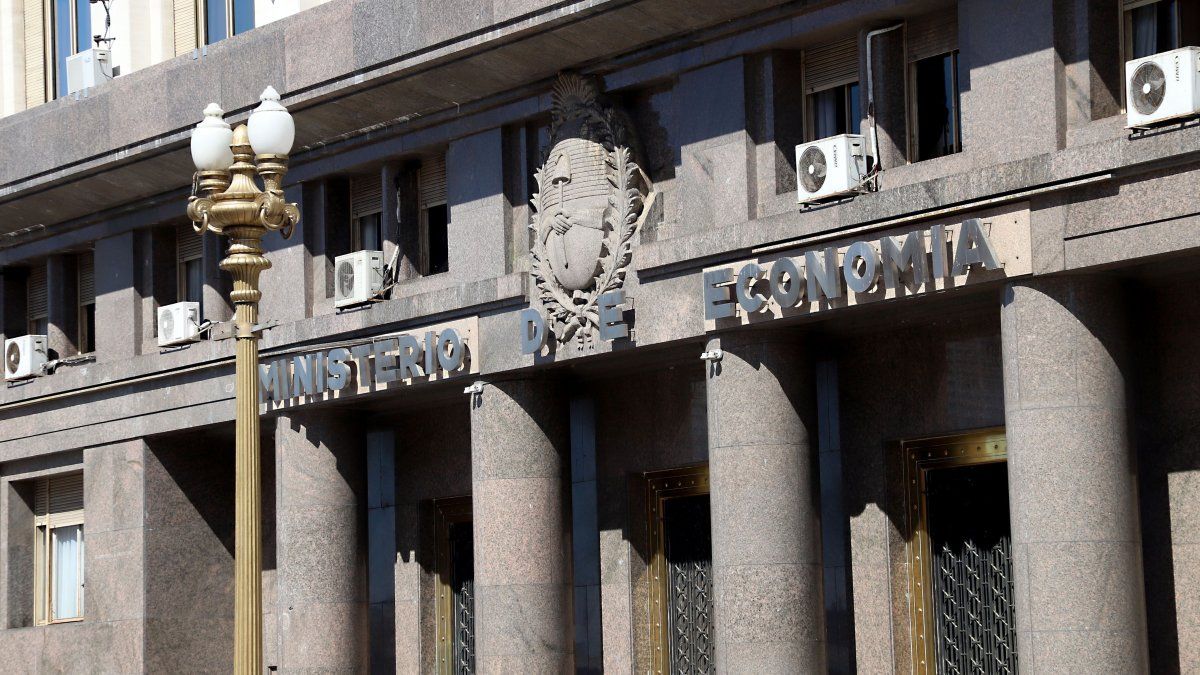For a long time, the shelling between Israel and Hezbollah remained limited. For many Lebanese, the attacks now feel like a new war. Hezbollah has few good options left.
After heavy bombings by Israeli warplanes that left hundreds dead and injured, horrific memories are being awakened in Lebanon. Israel’s military has continued to increase the pressure on the Shiite militia Hezbollah and has now also carried out heavy attacks in the south and east of the neighboring country.
The most important questions:
Why is Israel attacking Hezbollah so heavily right now?
Hezbollah has been attacking Israel since the beginning of the Gaza war almost a year ago – according to its own statements, out of solidarity with its Islamist ally Hamas in the Gaza Strip. Around 60,000 residents of northern Israel have left their homes as a result. Israel now wants to force Hezbollah to withdraw from the border with Lebanon and allow its citizens to return to their homes. The right-wing religious government of Prime Minister Benjamin Netanyahu is under massive internal pressure because of the situation in the north. Before the new attacks began, it was accused of inaction against Hezbollah and of having “given up” on northern Israel.
Is Israel’s strategy working?
So far, there are no signs that Hezbollah is bowing to the increased pressure from the Israeli military. The New York Times reports, citing Israeli government officials, that Israel had hoped to unsettle the militia with the massive attacks and force them to withdraw. So far, however, the opposite seems to have happened. “Both sides are caught in a spiral of escalation,” writes expert Dana Stroul in the magazine Foreign Affairs.
How strong are the two conflicting parties in comparison?
With an estimated 170,000 soldiers and 460,000 reservists, Israel’s military is stronger than Hezbollah, which is estimated to have around 50,000 fighters. Israel’s fighter planes, tanks and other modern weapons systems would be clearly superior to the Shiite militia in conventional combat. However, Hezbollah has a massive arsenal of rockets and relies on forms of irregular warfare. In the event of an Israeli ground offensive in the mountainous regions of southern Lebanon, it would probably put the soldiers under great pressure, for example through ambushes. It is also said to have an extensive tunnel network, similar to Hamas in Gaza, and can receive supplies of weapons from Iran via Syria and Iraq. However, after numerous attacks on its top and middle management levels and its communications systems, the militia is significantly weakened.
How are people doing in Lebanon?
Even though neither Israel nor Hezbollah still seem interested in a large and comprehensive war, for many people in Lebanon it feels like war, at least since the Israeli attacks that left more than 500 dead and 1,800 injured. Air raids on hundreds of buildings in the south and east, heavy explosions and rubble, and overcrowded hospitals bring back memories of the great war in 2006. Thousands of families have fled the attacks to other cities and are waiting out the situation in schools that have been converted into emergency shelters, or with relatives and friends. A man named Mustafa from Sidkine in the south said: “I don’t know who is responsible, but we citizens are paying a deadly price.”
How did the last war in 2006 end?
The Second Lebanon War lasted a month and ended with a ceasefire brokered by the United Nations. At that time, a kind of buffer zone was established in southern Lebanon. UN Security Council Resolution 1701 banned the presence of Hezbollah fighters south of the Litani River, in the border area with Israel. Instead, the Lebanese military was to be stationed in southern Lebanon. The Israeli troops, in turn, had to withdraw behind the border known as the Blue Line. However, Hezbollah fighters gradually returned to the forbidden area.
Why is UN Resolution 1701 not being complied with?
The resolution does not provide for any punitive measures in the event of violations. The army in Lebanon is not enforcing it, nor is the UN observer mission UNIFIL, which is supposed to monitor compliance with the 2006 ceasefire. This force, with around 13,000 UN soldiers involved, does not have a robust mandate and has been repeatedly accused of impotence. It was also unable to prevent the new escalation. The weak government of Lebanon, which has been without a president for almost two years, has little control over Hezbollah and is more or less powerless when it violates the resolution. The south is an important power base for Hezbollah.
What scenarios are there now?
Israel’s army is likely to continue or even expand its air strikes. Ground troops would probably only enter the country on a limited basis – if at all. Hezbollah has suffered its heaviest losses in a long time since July and now has to weigh up its options. It can continue its attacks to maintain deterrence against Israel, but risks further heavy and embarrassing losses. Or it can bow to pressure, accept a ceasefire and withdraw from the border. This would be a bitter blow, but the Shiite militia could reorganize itself and increasingly fight against Israel from underground, also to ensure its own survival.
How are Iran and the USA behaving?
Hezbollah has been Iran’s most important ally in the Middle East for years. It is unlikely that Tehran will rush to its aid in the event of a major war. Iran’s new government under President Massoud Peseschkian is struggling with a serious economic crisis and is trying to reconcile itself with the West. So the military and political leadership have recently issued threats. The USA, Israel’s most important ally, is meanwhile busy with its own election campaign and is therefore not making full use of its opportunities to put pressure on Israel’s Prime Minister Netanyahu.
Source: Stern
I have been working in the news industry for over 6 years, first as a reporter and now as an editor. I have covered politics extensively, and my work has appeared in major newspapers and online news outlets around the world. In addition to my writing, I also contribute regularly to 24 Hours World.




